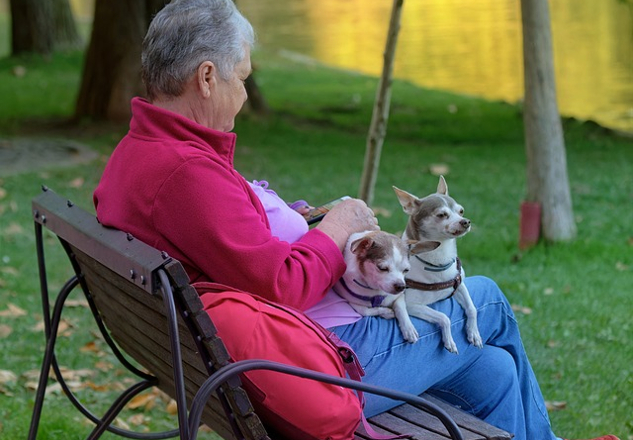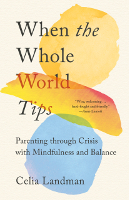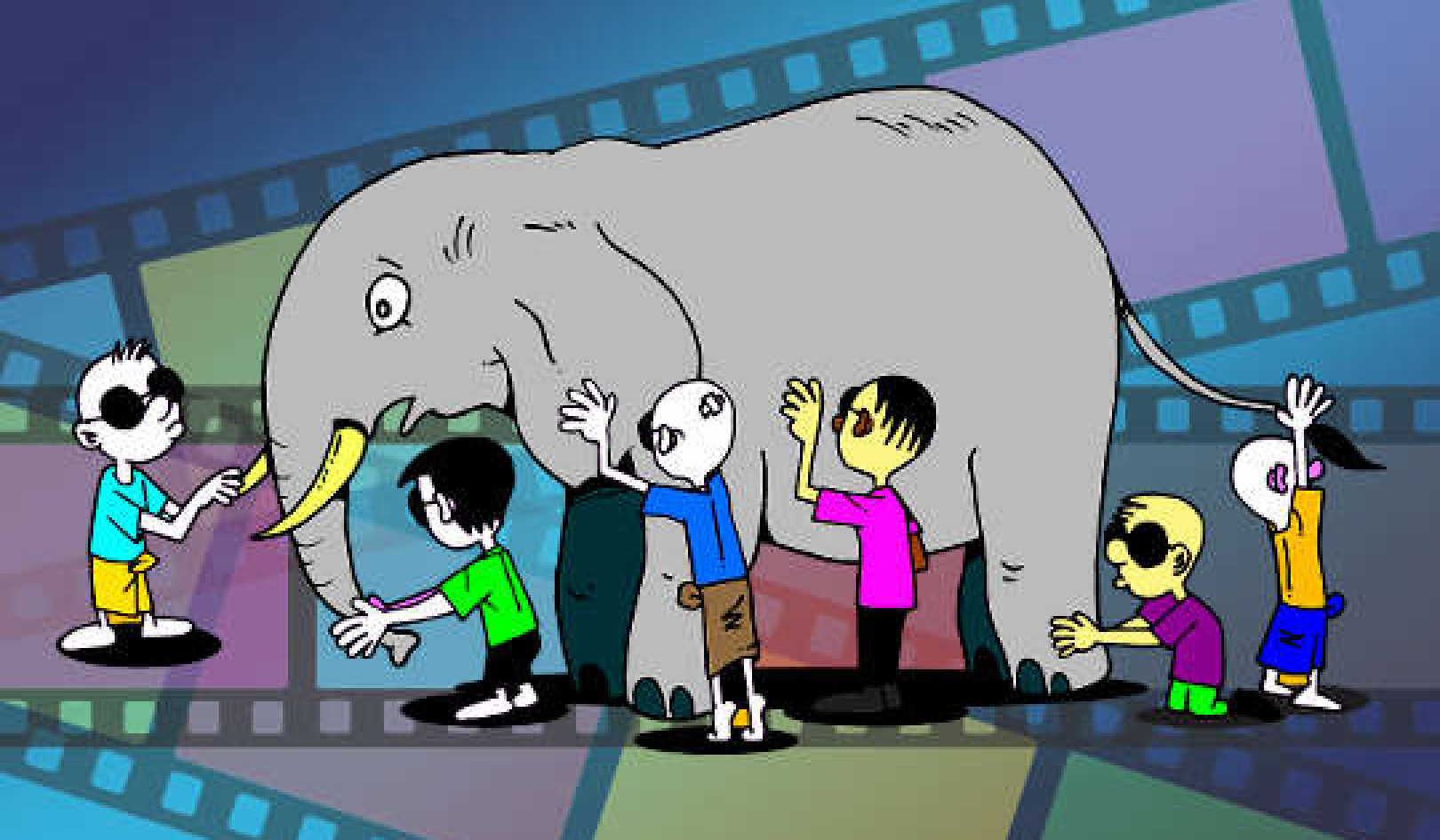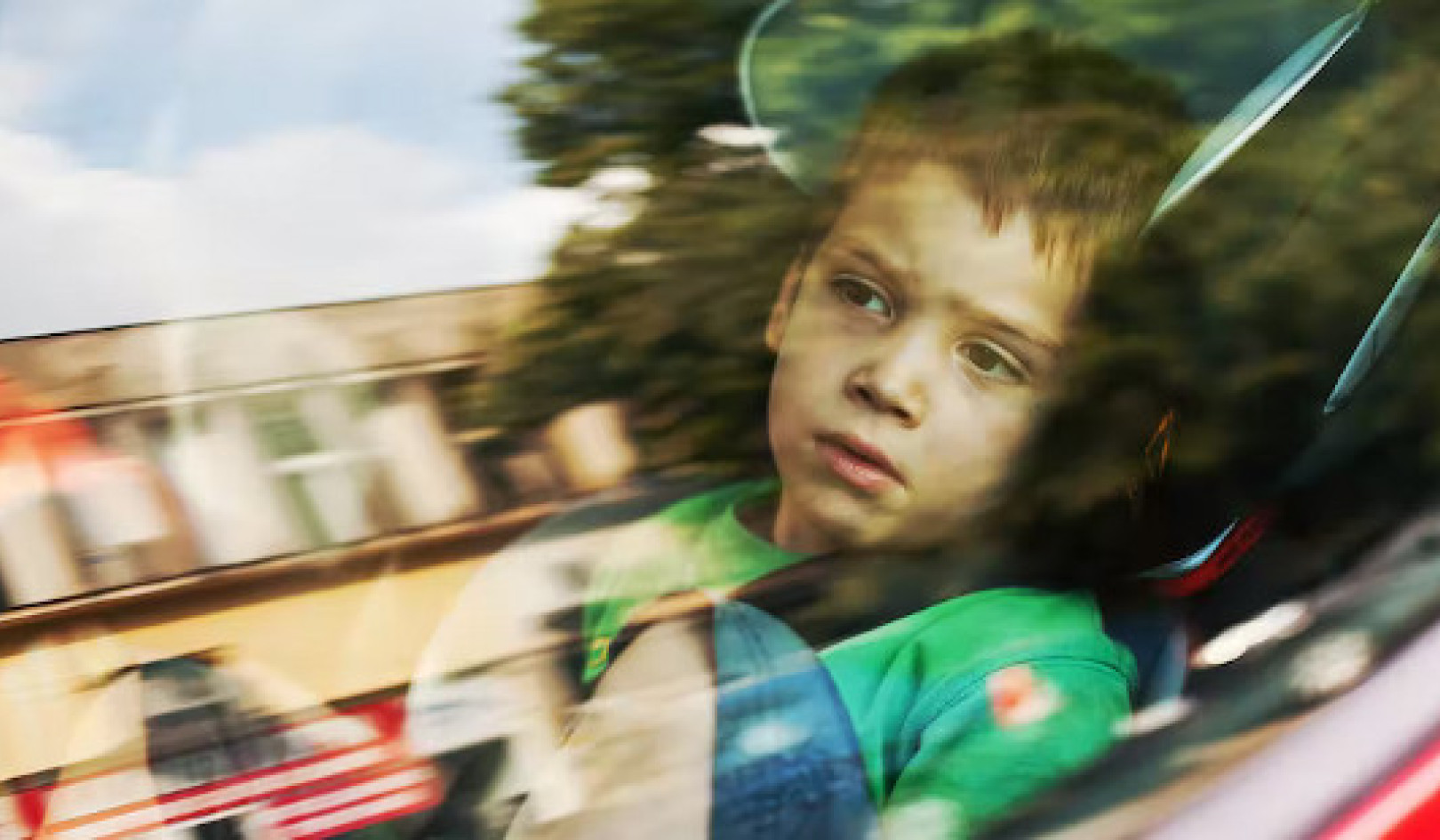
Image by Mircea Iancu
l those years looking after others, this old heart has finally learned to look after itself. Each act of kindness a stitch in this warm blanket that now covers me while I sleep. —Grandma Sumama, The First Free Women: Poems of the Early Buddhist Nuns
Caring for Ourselves Is Caring for Others
We often overlook the simple but essential supports for our own health, such as getting enough sleep, exercising, eating regular meals of nutritious food, getting fresh air, and walking in nature—all the things we know are good for us can so easily fall away when we are caught up in caring for others. These are foundations of care that support our body, our immune functions, and our mood; they directly impact our capacity to be present for our child.
I call these simple supportive habits “grandma knowledge”—wisdom that can get overlooked because of its humble origins. We don’t need to go to graduate school to tune in to how generations of folks have cared for each other. I imagine that grandma who gives you a hard hug and asks, “What do you want to eat?” The one who asks, “Did you sleep okay last night?” and tells you, “Don’t go making yourself sick worrying. Put your feet up; you could use a rest. You aren’t superwoman. You’ll be no use to anyone if you get sick.” I imagine a grandma with the wisdom of experience, who sees my own human vulnerability.
When we have slept well and are eating wisely, enjoying good health, maintaining balance in our work, and feeling reasonably happy, the family dog getting sick, while not welcome, won’t cause us to lose our footing and fall apart. If, on the other hand, we haven’t slept well, are getting sick, have been living on junk food or skipping meals, and are feeling consumed by work, the dog getting sick may be the weight that causes us to collapse.
Imagine then how we would respond if it was our child instead of the dog that was ill and needed attention. Which level of capability do we want to inhabit?
Nourishment
Food is one of the essential things that we need to interact with multiple times a day. We all eat food to live. Food has the potential to be a source of stress or a source of nourishment on both physical and emotional levels. Friends who work in medical offices have told me they have to eat in front of a computer, grabbing bites between serving clients. My sister recently interviewed for a job at a walk-in clinic where no one in the office, doctors or staff, got a designated lunch break.
We find connection with others in food. We celebrate milestones with food: birthday cakes, the first meal in a new home, the celebratory promotion dinner, funeral lunches, and wedding suppers. Many of our greatest moments of transition and accomplishment are observed with food.
The first food we had as newborns was delivered with human touch and warmth by breast or bottle feeding. Eating is a comfort and care delivery system as well as a way to nourish this body.
Disordered Eating
For many folks, disordered eating is a part of life. Anorexia, bulimia, deprivation, chronic dieting, restriction, binging, purging, and over-exercising are all manifestations of a dysfunctional relationship with food fueled by factors as diverse as sexual assault, emotional enmeshment, loss, and perfectionism.
Disordered eating was once thought to solely affect skinny, white, affluent girls (SWAG), which left other ethnic groups, people with larger bodies, older individuals, and males undiagnosed. The prevalence of problematic relationships with food is increasing in non-Western countries. Disordered eating is becoming a global problem, even in countries where food is scarce.
The gap between disordered eating and a healthy, nourishing relationship with food is widening and becoming harder to traverse. Many of us don’t know what to eat or have trouble stopping when we like a specific food.
It’s easy to become overwhelmed by a thousand approaches to nutrition and diet. All this information can leave us confused and disconnected from our bodily sensations of hunger, fullness, and awareness of what the body needs.
Longing for ease, we may be seduced by the trifecta of sugar, fat, and salt present in most prepared foods and end up eating packaged and fast foods. We get a hit of dopamine when we consume this trio of foods. When we were hunters and gatherers, sweet and fatty foods were scarce and precious, providing life-sustaining calories. Not readily available in the wild, salt is necessary to regulate homeostasis and our ability to tolerate heat. Our bodies encourage us to consume these foods. It is our biological inheritance.
Mindful Eating
We have the choice to distract ourselves and eat without awareness, to get it over with and move to the next thing, or to consider food an opportunity to be grateful for a gift received. Being a parent may mean you put yourself last and fall short on finding ways to nourish and care for yourself. A few mindful bites can let you know that even though you may feel alone, you are supported.
Mindful eating is an essential practice in the Plum Village tradition; it nourishes our souls by reminding us of interconnection. Food doesn’t come from a distant galaxy; it grows here, on this planet, and is a tangible way that this earth and this cosmos let us know we belong. The earth is glad we are here.
The "How To" of Mindful Eating
In mindful eating, we begin by looking at the plate of food. When we look, we consider all the causes and conditions that brought the food to us. Looking at an apple, we can see the sun, the earth, the rain, and the care of the farmer contained within it.
Time is also something we consume. We can consider the months it took to grow from a flower to ripe fruit and include awareness of these factors when we eat.
We can give ourselves the luxury of time while we eat, noticing the color, shape, and aroma of our food. We can place the food in our mouths and notice the taste and texture while we thoroughly chew, staying with our sensations as the food changes. We can consider when we swallow food that it becomes part of us—the energy of the sun that turned to sugar inside a plant cell, the water, and minerals of the earth all contribute to our life.
This is the lived experience of interbeing, the recognition that no one and nothing is separate on this planet. When we eat mindfully, we can experience the sacredness of being connected to all life, past, present, and future.
As Thich Nhat Hanh tells us, “This bread in my hand shows the whole cosmos supporting me.” Mindful eating is a way to slow down and receive our food, not just as nutrition, but as a sign the world loves our life. She is supporting our life, the same way she nourishes the deer in the woods, the birds in the field, and the trees in the jungle. She provides for her children; she gives us what we need. When we eat mindfully and take in the food as a contribution to our lives, we can receive the love and care of the earth.
Exercise: Invitation to Practice Mindful Eating
-
Chose a meal where you can take your time and have some moments of silence. Sit down to eat without a book, TV, or other distractions.
-
Look at the food in front of you. Consider the colors; notice the aromas and visual appearance of the food.
-
Put one bite of food on your fork or spoon. Say its name to yourself: carrot, peanut butter, chickpea. Place it in your mouth and notice its taste: sweet, salty, spicy, sour, or acidic. Notice its texture: Crunchy, soft, or something else?
-
Chew thoroughly, and notice how the food changes. Stay with the taste and texture of the food.
-
Consider the efforts that brought this food to your body: the farmer, the soil, rain, air, sunshine, and time that went into growing this food. Include the person who transported the food, the one who cooked it, and how you came to have the means to have this food.
-
Notice that all these contributions, all these hands and hearts, are now becoming part of your cells. Feel the vastness of this gift supporting your life as you take another bite with awareness.
When we take time to respect ourselves enough to sit down and eat with reverence for ourselves and the food, we receive our food as a gift at every meal, with every bite. When we slow down and chew our food thoroughly, we honor the life in ourselves. We support ourselves. We recognize gratitude, knowing we have food while some do not. Slowing down, savoring, appreciating, and staying present with the food gives us a chance to be truly nourished.
Nurturing Gratitude
Recognizing gratitude and cultivating it is a protective factor against depression and helplessness; it wakes up compassion and care and supports strong nurturing relationships. Gratitude also feels good. The experience of gratitude awakens joy, ease, awe, and feelings of connection and support.
As with any practice, when we foster a feeling of gratitude, this feeling can shift from a temporary state to a trait, a way of looking at our life. Recognizing and naming what is going well with gratefulness can lift us and connect us to others. Gratitude is grandma knowledge.
The Buddha taught about the importance of gratitude as an integral part of our spiritual development. I had resistance to keeping a gratitude journal. It smacked of popular culture and self-help fixes, but then I tried it.
The consistent noting of what I feel grateful for with the added question of what I did to make this possible changed my practice. It allows me to see that what I do contributes to creating conditions that nurture my life. The following is the gratitude practice I use, adapted from Jim and Jori Manske, trainers at the Center for Nonviolent Communication.
Exercise: Invitation to Practice Gratitude Journaling
-
Write down something specific someone did or an event that made your life more wonderful. For example:
- My friend told me I helped her during a really hard time.
- I stopped walking when I saw a double rainbow and watched it.
- Deborah made me dinner. -
Write down how you feel as you write the gratitude. Name the emotions you are experiencing and the bodily sensations as you consider how this action contributed to your life.
-
Write down what universal value the action contributed to: peace, safety, ease, fun, recognition, respect, trust, freedom, honesty, consideration, choice, justice, security, creativity, friendship, play, understanding, belonging, to matter, self-expression, authenticity, support, love, rest, honoring agreements, order, stability, reassurance, guidance, and so on.
-
Name what you did to help make this action possible. For example:
- I listened to them.
- I paid attention.
- I showed up.
- I bought the ingredients for dinner.
- I let someone help me.
- I’ve maintained a friendship with them for fifteen years.
- I stopped and watched the clouds.
- I noticed how good the food was, and so on. -
Notice how interconnected you are with what you’re grateful for. How do you feel now?
In Zen practice, this interconnection is known as “the giver and receiver are one.” Pause and savor this mutuality.
Copyright 2023. All Rights Reserved.
Adapted from the book "When the Whole World Tips".
Article Source:
BOOK: When the Whole World Tips
When the Whole World Tips: Parenting through Crisis with Mindfulness and Balance
by Celia Landman
 Drawing from her own experience parenting her children through clinical depression, suicidal ideation, and physical injury, Celia Landman guides parents at their limit back from helplessness toward stability through the ancient practice of equanimity, or balance.
Drawing from her own experience parenting her children through clinical depression, suicidal ideation, and physical injury, Celia Landman guides parents at their limit back from helplessness toward stability through the ancient practice of equanimity, or balance.
Contemporary neuroscience and developmental psychology research demonstrates how a parent’s state of anxiety is directly communicated to the child and can intensify their pain. When the Whole World Tips is rich with real life examples from parents in the midst of caring for children in crisis, plentiful resources, and helpful exercises. Each chapter offers accessible practices for parents to care for themselves in order to remain present for their children.
For more info and/or to order this book, click here. Also available as a Kindle edition.
About the Author
 Celia Landman, MA, is a mindfulness educator offering support to teens and adults. She draws from experiences working with those impacted by trauma, addiction, and anxiety, and creates customized meditation, visualizations, and trainings to reconnect them to their wholeness. She was ordained by Thich Nhat Hahn as a member of the Plum Village Community of Engaged Buddhism. She is also a certified trainer with the Center for Nonviolent Communication. Her new book, When the Whole World Tips: Parenting through Crisis with Mindfulness and Balance (Parallax Press, Nov. 21, 2023), describes how to find balance while navigating seemingly impossible parenting situations.
Celia Landman, MA, is a mindfulness educator offering support to teens and adults. She draws from experiences working with those impacted by trauma, addiction, and anxiety, and creates customized meditation, visualizations, and trainings to reconnect them to their wholeness. She was ordained by Thich Nhat Hahn as a member of the Plum Village Community of Engaged Buddhism. She is also a certified trainer with the Center for Nonviolent Communication. Her new book, When the Whole World Tips: Parenting through Crisis with Mindfulness and Balance (Parallax Press, Nov. 21, 2023), describes how to find balance while navigating seemingly impossible parenting situations.
Learn more at celialandman.com.
























